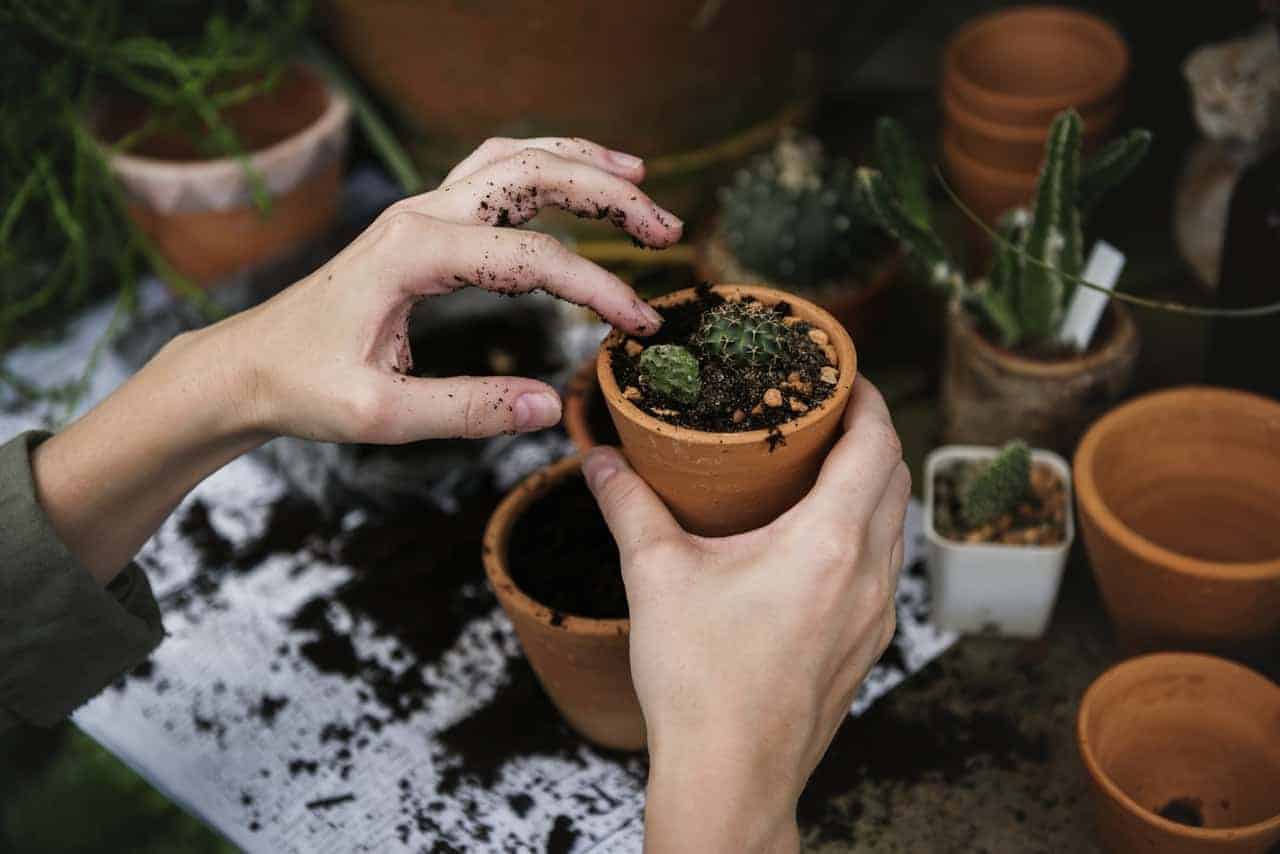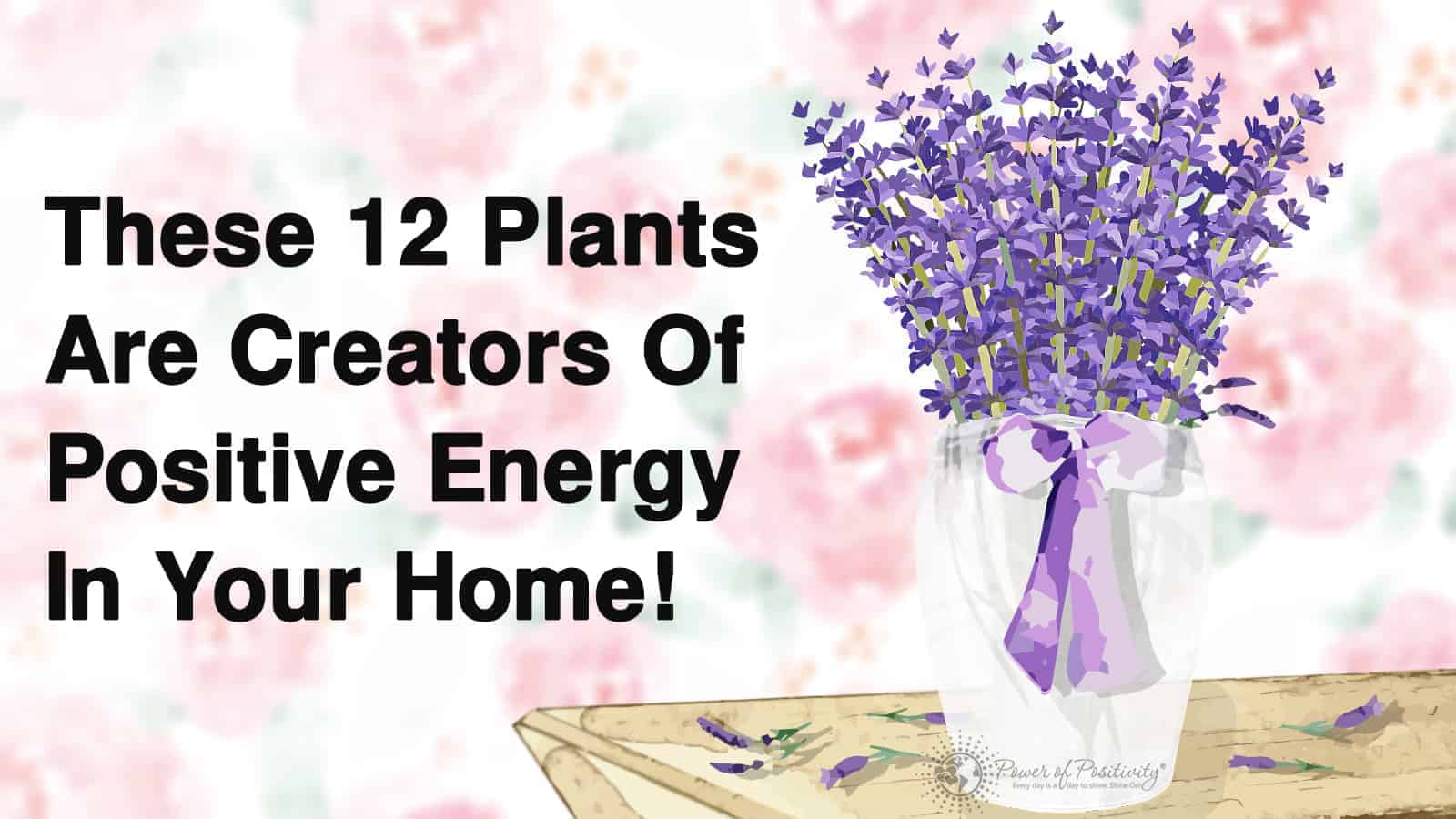Having a few plants around the house can brighten up any home, but not everyone has the space to contain more than a couple of large, leafy green houseplants. Many don’t even have backyards to grow their own foliage, let alone an entire garden. Whether you want to bring a bit of life into your house, experience the serenity of gardening on a smaller scale, or even if you just want to try something new, learning how to grow herbs at home is fun and surprisingly easy.
These simple steps will show you how to grow herbs:
1. Start Shopping
To grow herbs, choosing the best type of seeds for an indoor garden is the oh-so important first step. There are plenty of herb seeds amazon that are commonly grown indoors and are perfect for first-time herb garden growers. You may want to try mint, parsley, rosemary, or basil to start, especially if you’re of a culinary mindset, but take a good look at the different types of herbs and see which looks like the best fit for your garden. It’d be easiest to start with just two or three different seed types, then expand more as you learn how to grow herbs more comfortably.
2. Soil Selection
Choosing your soil comes next. You can opt for a seed starting mix to help with the germination of your herb seeds, which is lighter than most garden soil and is better for some of the more delicate seed types. However, most herbs are able to grow in regular, well-drained garden soil, so no need to break the bank or get too particular when it comes to this step. The same garden shop where you purchased your seeds will be able to supply you with perfectly good soil for your indoor garden, no matter which option you choose.
3. Planting Position
Now to find the perfect spot for your garden to grow. Many people choose to have their garden live in the kitchen or on a windowsill near it. If your kitchen receives around six to eight hours of sunlight, then its the ideal place for your garden to live and thrive. If not, then it’d be best to find a sunnier spot. Herbs prefer more heat and warmth than cold on the whole, but be careful of roasting or drying them out as well.
4. Seed Sowing
With your planter packed and the soil lightly watered, take your chosen seeds and simply sprinkle them on top of the soil. Depending on the type and size of the seeds, you may need to spread them out more, but typically two or three seeds per planter will suffice. You won’t need to press the seeds deeper into the soil, as they will find their roots on their own.
5. When to Water
The soil should ideally remain damp to the touch, so its best to check your herb garden daily to test the moisture level on top. If you go to check the soil and it’s become dry on top but still damp on the lower layers, that means its time to water your herb garden again. Just a bit of water to re-dampen the top layer will do, as your herbs won’t take well to being drowned.
6. Germinating Guidelines
Depending on the type of seeds you planted, the time it will take your garden to grow herbs will vary. However, most herbs will start germinating within one to two weeks on average, with longer holdouts like parsley taking about three weeks. Though you’ll begin to see the sprouts poking through the top of the soil, you’ll have to wait a bit longer before the herbs are ready to be snipped and plucked.
7. How to Harvest
Now that you know how to grow herbs, its time to reap the benefits of your hard work. Different herbs are collected in different ways; for example, basil is cut off in a large leaf versus the more meticulous plucking of mint leaves from the central stem. It’d be a good idea to do some further research on your particular herbs and learn how they can best be harvested.
Your garden has flourished! Now what? Many people know how to grow herbs and use them in recipes, of course, but herbs such as peppermint and tarragon can be used in a number of holistic medicines and home remedies as well. Lavender is a lovely aromatic, as is sage, and both add light touches of fresh color to your garden. You can use the herbs grown in your garden in any number of ways, and, after reading through this how-to guide, the process of growing them will no longer be daunting.
https://youtu.be/GB9mj_BHCGc














 Community
Community

